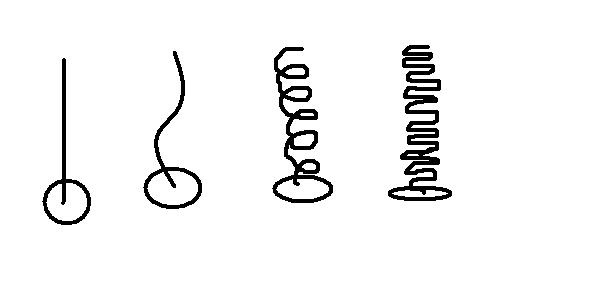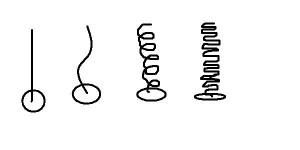
Hair, Hair and More Hair!
Wednesday evening, I gave a speech entitled “Hair, Hair and More Hair!” at my Toastmasters International club. I covered a lot in that 9min 30sec speech that I have not yet covered here… so, here it goes. 🙂
I’ve always been completely fascinated and intrigued by hair. My mom has maintained her cosmetology license for nearly 30 years, so I grew up a tad more knowledgeable and obsessive about my hair than many other little girls. In addition to working on a hair care line in the lab, I recently decided to make a drastic change in the way that I manage my hair. Enter even more obsessive behavior O_O. As the glam girl in me was reading about various hair textures and styles and treatments, the scientist in me peeked in to ask a few questions. A scientist that has questions cannot rest until they have answers, so you can probably guess how my “research” grew wings.
How does hair get it’s texture?
The texture of any one person’s hair depends on the shape and size of the hair follicle. There are 4 general shapes of a hair follicle which happen to correlate perfectly with Andre Walker’s hair types philosophy. A hair follicle is like a tiny tube that guides the hair to the surface of the scalp. A round hair follicle yields straight hair. The more oval the hair follicle, the more curly the hair it yields.
Similarly, the thickness of hair is dependent on the size of the hair follicle. Large follicles produce thick strands of hair while smaller follicles produce thin strands of hair.
What I really wanted to know was the real science behind hair texture. I was interested in why hair texture differs across and within ethnic groups. Could it be genetic? Hormonal? Due to human adaptation/evolution? Apparently, the type of hair your parents have definitely determines the type of hair you end up with, whether that is straight, wavy or curly. Just last year, a study showed that variants of a particular gene determine how curly your hair will be. Scientists still aren’t clear exactly which variants play a part or how they work.
The fact that some people have hair that changes textures throughout their lifetime hints that hormonal changes may be at work. There are even cases of caucasian people with thick, coarse hair like that of African and African American people. It’s a rare occurrence, but it happens often enough to have a name– “Wooly Hair Syndrome”. Imagine that.
While I’m slightly disappointed that all of my questions were not answered, the research is well on it’s way. I look forward to finding out what factors are at work in determining our hair texture. I hear that the research is being pushed because the findings are a gold mine. There may be a pill developed that could change your hair texture from straight to curly and back straight. My curiosity didn’t take me to that train of thought (that’s bordering on mad scientist territory imo), nevertheless, I find it all muy interesante…
So, what’s your hair texture? Does it change from time to time?
Here’s to the Glam Life!

